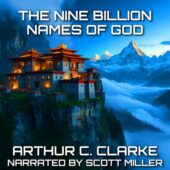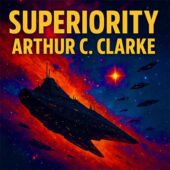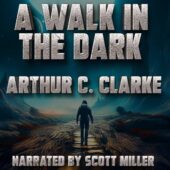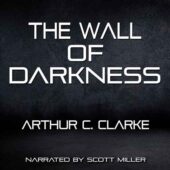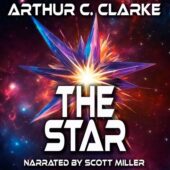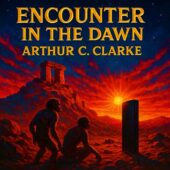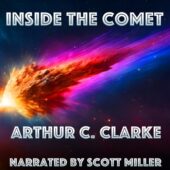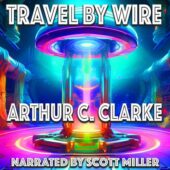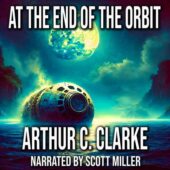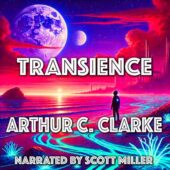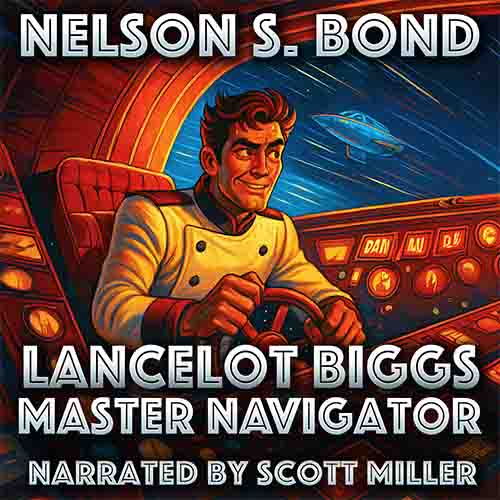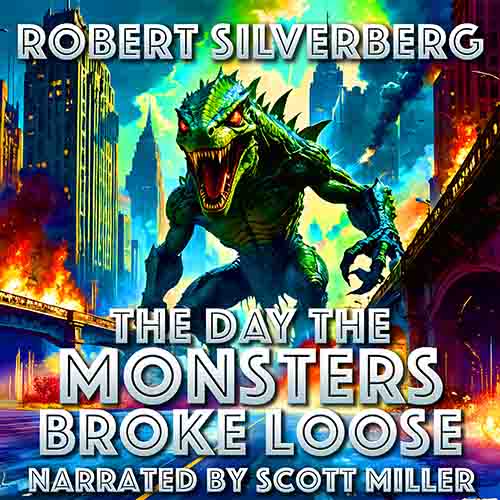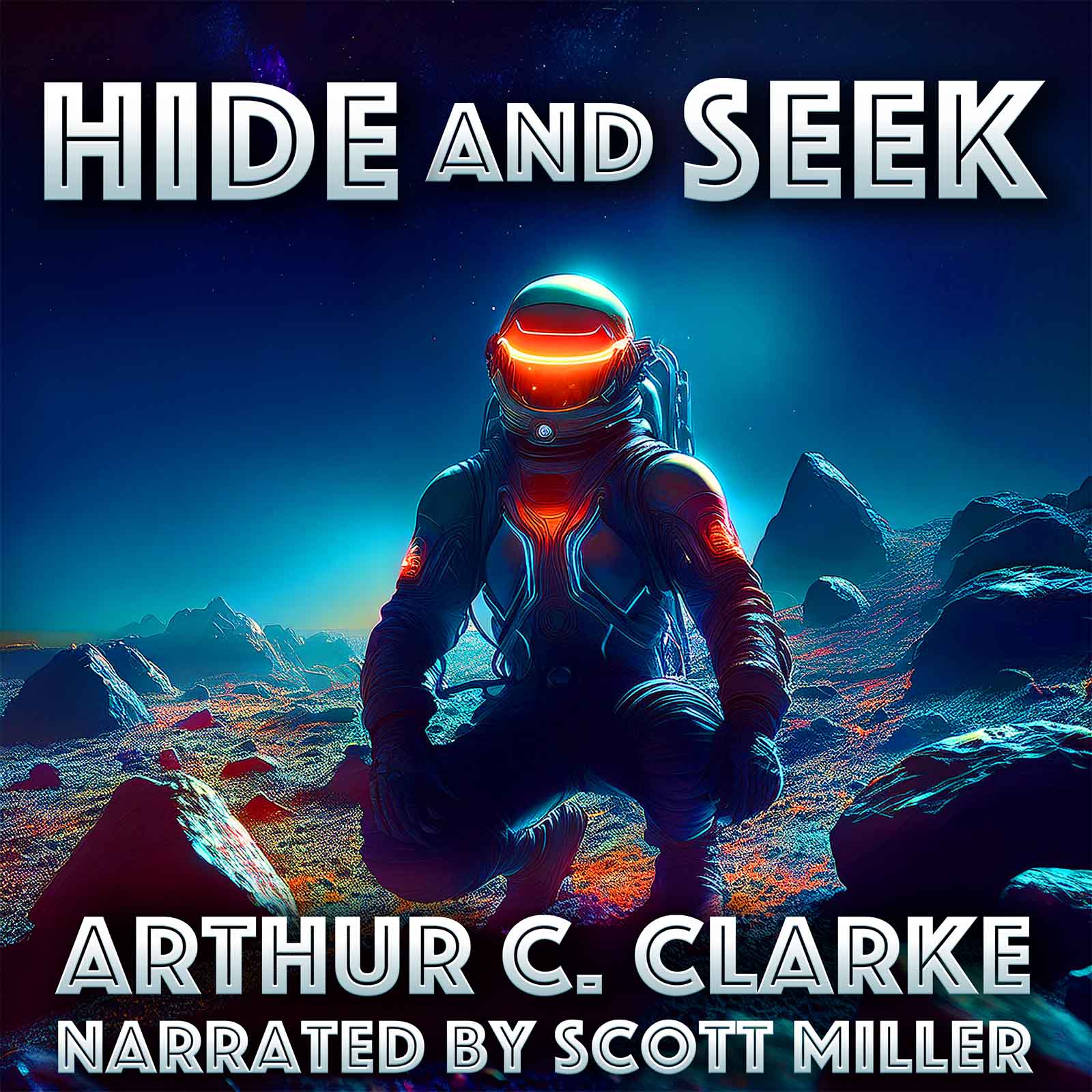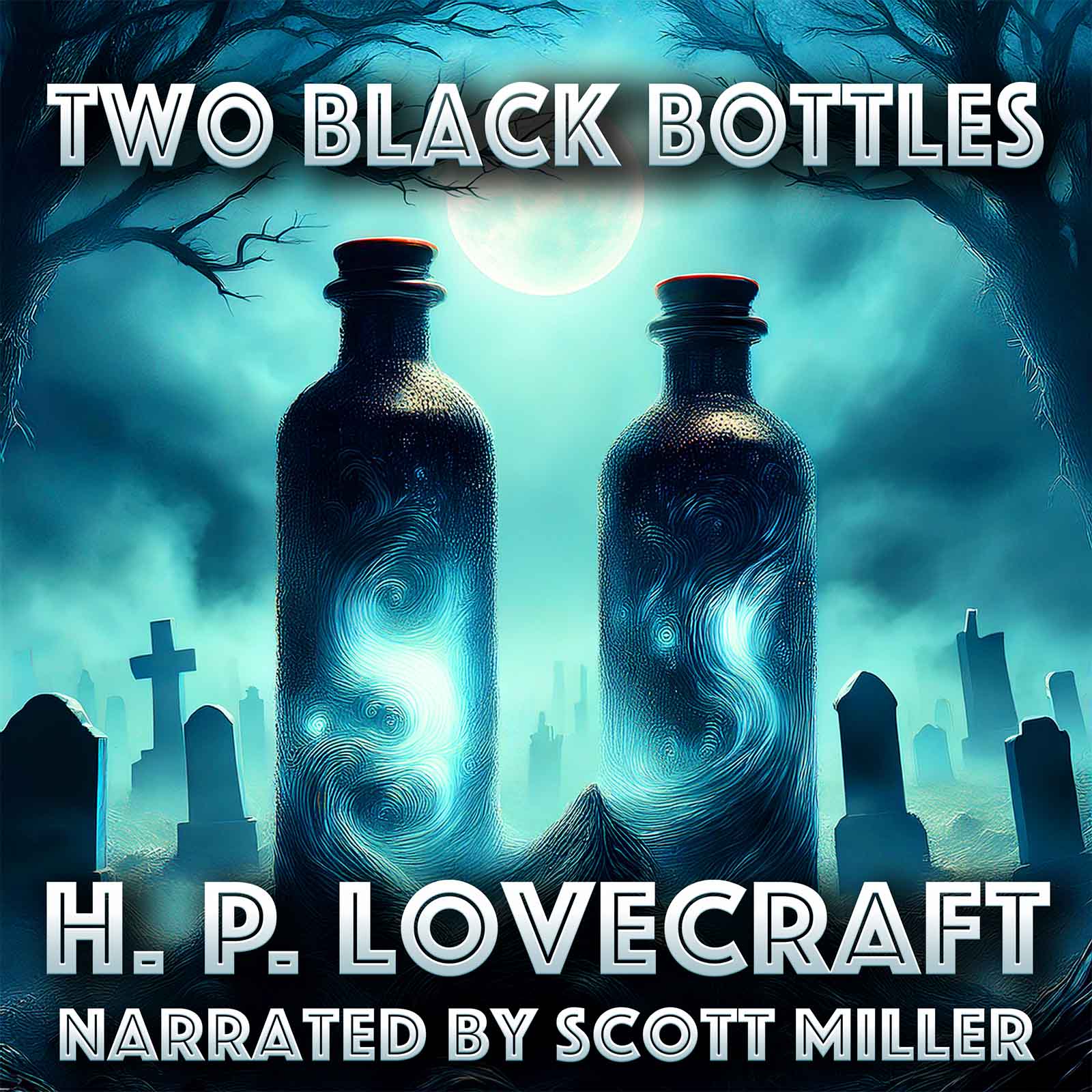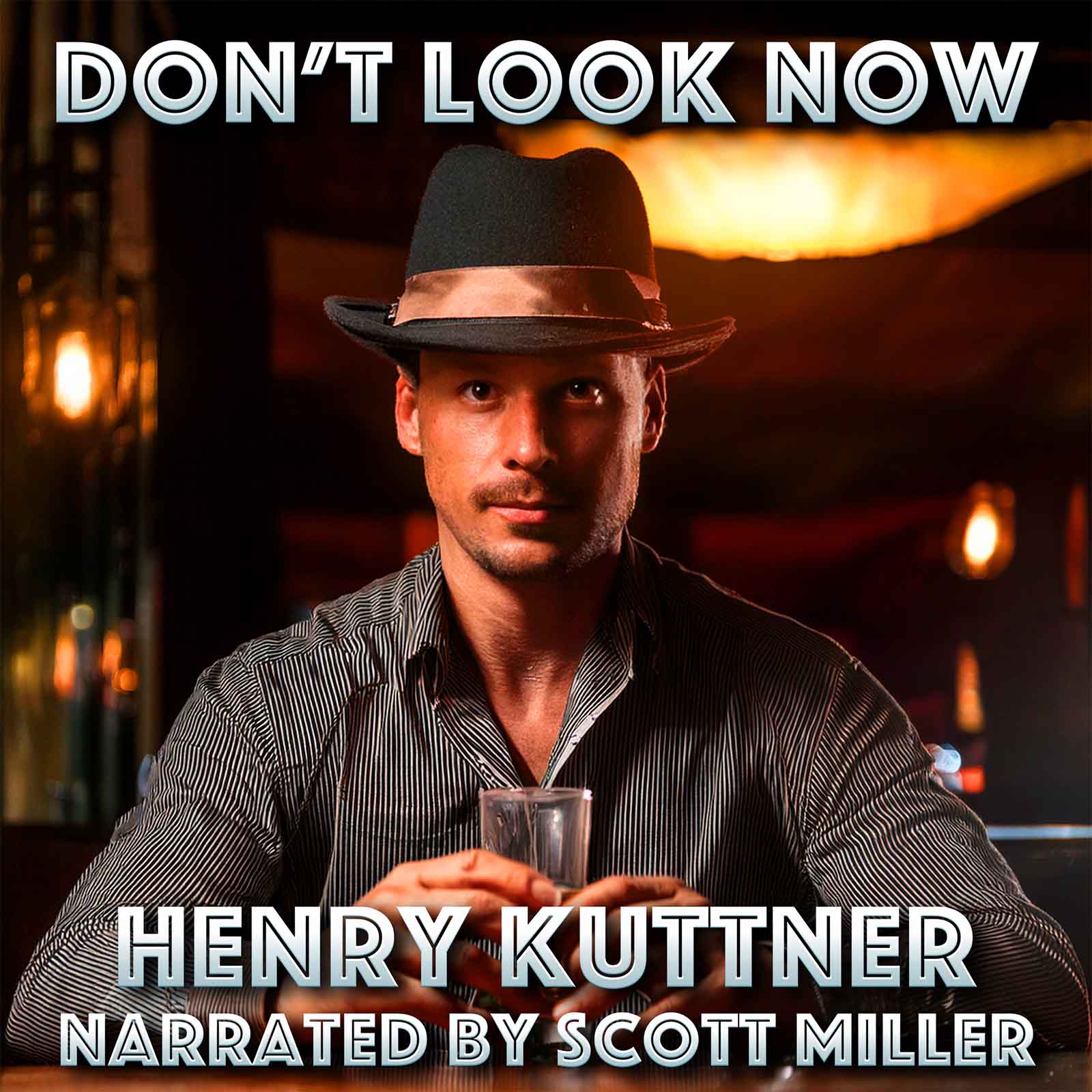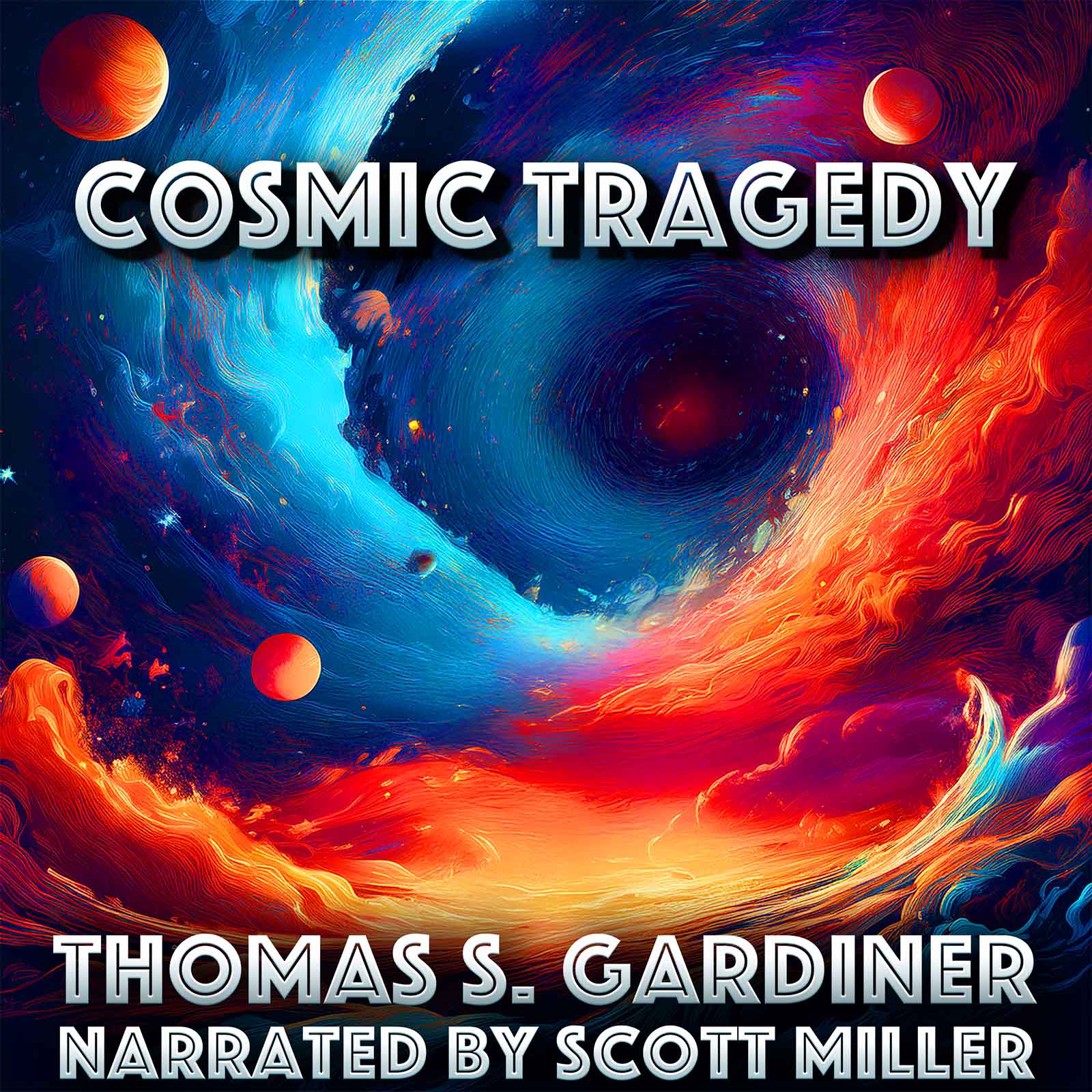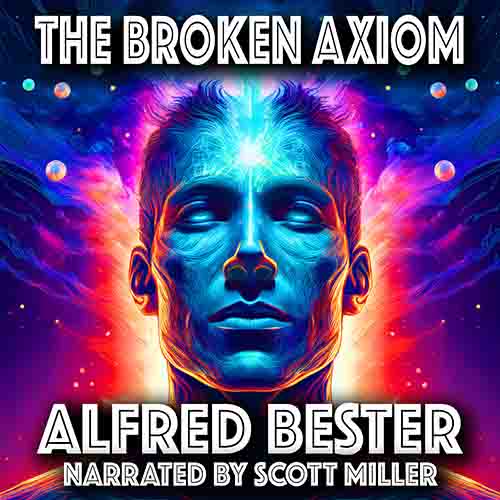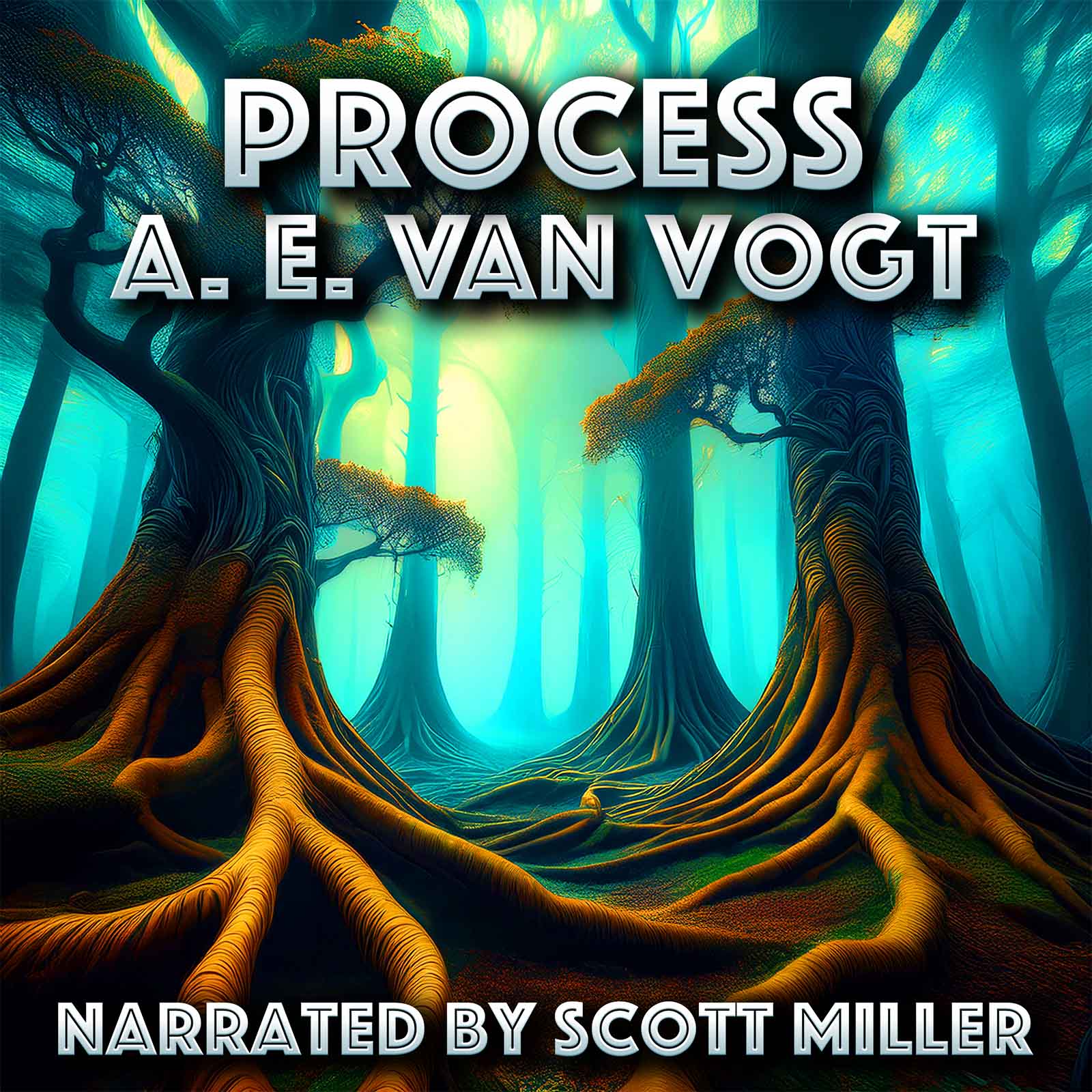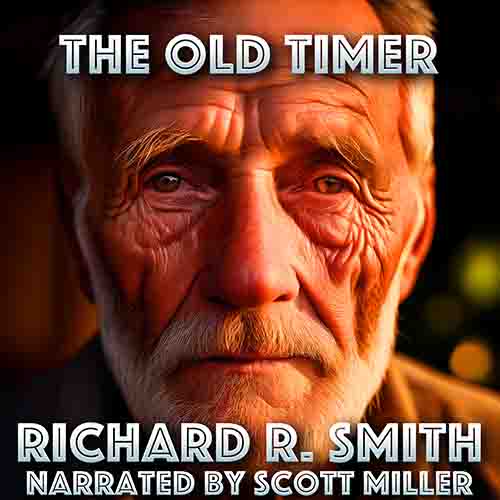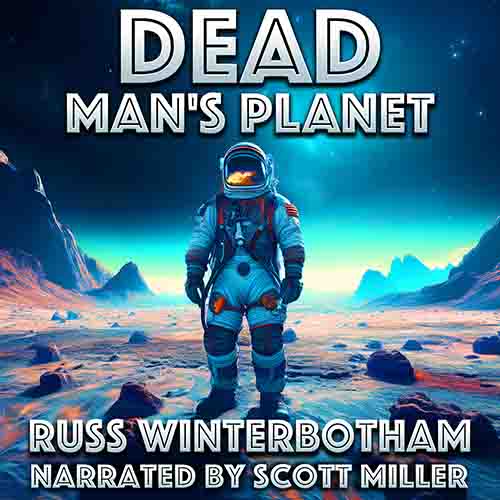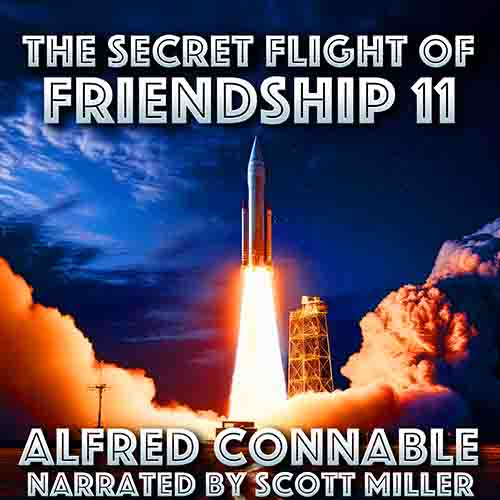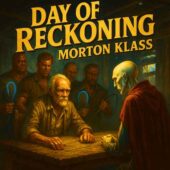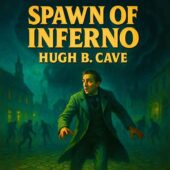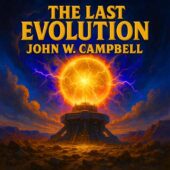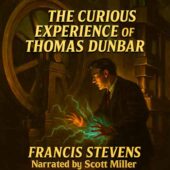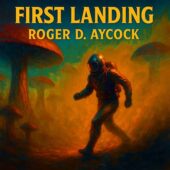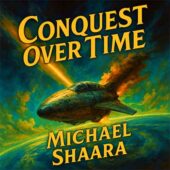Arthur C. Clarke
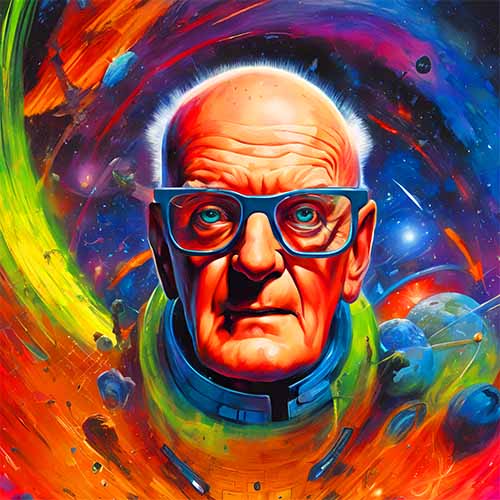
Biography
Arthur C. Clarke (1917–2008) was one of the most visionary and influential science fiction writers of the 20th century, a thinker whose blend of imagination, scientific rigor, and lyrical storytelling helped define the genre’s golden age and beyond. Born in Minehead, Somerset, England, Clarke grew up fascinated by astronomy and technology. During World War II, he served in the Royal Air Force as a radar specialist, where his experience with emerging electronics later shaped both his fiction and his contributions to real-world science.
After the war, Clarke studied physics and mathematics at King’s College London. In 1945, he published a landmark paper proposing the use of geostationary satellites for global communications—a concept that would later become reality, earning him lasting recognition as one of the first to envision satellite technology. This practical foresight mirrored his career-long ability to bridge speculative ideas with scientific plausibility.
Clarke’s early stories appeared in Astounding Science Fiction and other pulps, but it was his novel Childhood’s End (1953) that announced him as a major talent. The book, exploring humanity’s transformation under the guidance of mysterious alien Overlords, combined cosmic awe with poignant reflection on evolution and destiny. He followed this with classics such as The City and the Stars (1956), an expansion of his novella Against the Fall of Night, and Rendezvous with Rama (1973), which won the Hugo, Nebula, and John W. Campbell Memorial Awards for its breathtaking depiction of an enigmatic alien starship entering the solar system.
Perhaps Clarke’s most enduring legacy came from his collaboration with filmmaker Stanley Kubrick on 2001: A Space Odyssey (1968). Based on his earlier short story The Sentinel, Clarke co-developed the screenplay and simultaneously wrote the novel, which expanded the film’s mythic vision. Together, they created one of the most iconic works in science fiction, a meditation on evolution, technology, and humanity’s place in the cosmos. The film and book reshaped popular culture and remain touchstones for discussions of artificial intelligence, space exploration, and first contact.
Clarke’s fiction is characterized by what became known as the “sense of wonder”—narratives that inspired awe at the vastness of the universe and humanity’s potential future. His prose was clear, elegant, and infused with scientific optimism. He was famous for articulating “Clarke’s Three Laws,” particularly the third: “Any sufficiently advanced technology is indistinguishable from magic.” These aphorisms, widely quoted, epitomize his ability to distill complex ideas into memorable insights.
Beyond fiction, Clarke was a tireless advocate for space exploration and science. He wrote numerous popular science books, appeared on television documentaries, and became a global ambassador for scientific curiosity. His passion for spaceflight dovetailed with the real achievements of NASA and the space race, making him one of the foremost public intellectuals championing humanity’s future in space.
Later novels such as The Fountains of Paradise (1979), which introduced the concept of a space elevator, and sequels to Rama and 2001 further solidified his reputation as a futurist. His ability to combine imaginative speculation with scientific grounding gave his work enduring credibility. He received nearly every major honor in science fiction, including multiple Hugos and Nebulas, and in 1986 he was named a Grand Master by the Science Fiction and Fantasy Writers of America. In 1998, Queen Elizabeth II knighted him for services to literature.
Clarke spent much of his later life in Sri Lanka, where he pursued his interests in scuba diving, underwater exploration, and global communications. From his adopted home, he remained engaged with both the scientific and literary communities until his death in 2008 at age 90.
His influence extends far beyond literature. Ideas from his stories inspired scientists, astronauts, and engineers; his vision of communications satellites became a reality; and his explorations of artificial intelligence and extraterrestrial contact still frame modern debates. His name has been given to awards, institutions, and even to the Arthur C. Clarke Foundation, dedicated to advancing imagination and innovation.
Arthur C. Clarke’s legacy is that of a dreamer who believed humanity was destined for the stars. His works continue to inspire readers with a sense of wonder, a reverence for science, and a belief in human progress. Whether through 2001, Childhood’s End, or the concept of satellites circling Earth, Clarke showed that science fiction could be both prophetic and profoundly human. He remains a towering figure whose imagination helped chart the course of the future.
